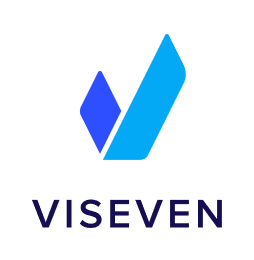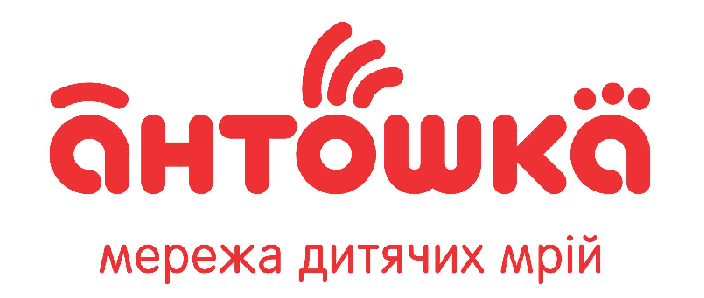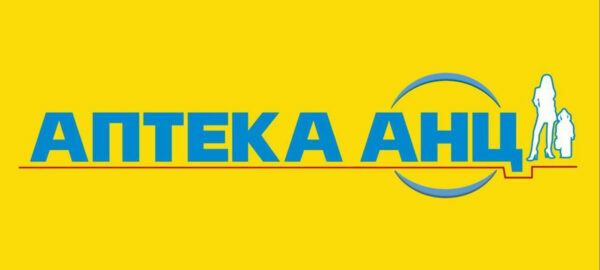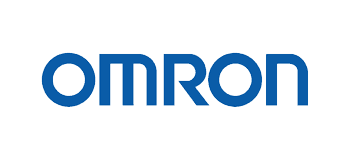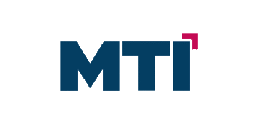
How learning automation helps to adapt employees to changes. Examples and solutions
In today’s world, technology and the market are constantly evolving and changing at the speed of light. Especially in crisis situations, such as the global COVID-19 pandemic or a full-scale war, where changes have become forced and unpredictable.
To maintain their business, companies need to keep up with changes. Be ready to quickly and efficiently adapt your staff to new conditions. An effective solution is to automate staff education and training. Learning Management System (LMS) tools allow you to provide the necessary knowledge and skills in the shortest possible time. Thanks to this, employees can quickly respond to new market requirements and changes in business processes.
Read more about how training automation helps to adapt staff to changes in this article.
How to effectively adapt staff to change through learning
1. Regular development of hard skills
In the face of rapid change, to remain a highly qualified specialist, you need to constantly improve your hard skills. Developing hard skills helps employees expand their abilities and competencies. This makes them more flexible and ready to adapt to new tasks and challenges.
Regular supportive training helps to keep knowledge up-to-date and improve professional skills. This means developing courses, training and development programs for specific professional groups of employees. Such training helps to increase the efficiency and motivation of staff, as it gives them the opportunity to develop professionally within the company. It also has a positive impact on business results.
Solution: Learning paths.
Example of application: In LMS Collaborator, you can create learning paths separately for each position. Learning path tasks are assigned to employees automatically based on the results of the previous ones. You can also set up additional conditions: pause between tasks, set a deadline, and automatically assign a new learning path after completing the previous one. This helps administrators to get rid of routine in their work.

In addition, you can use automation rules to assign learning paths, programs, courses, and other tasks. Independently configure assignment conditions and select attributes by which they will be triggered, for example, a department or position.

2 .Professional development of employees
Changes in technology, working methods, and market trends require employees to keep their knowledge and skills up to date. This is where professional development comes in. It allows employees to acquire the necessary knowledge, skills and competencies required to work effectively in the new environment. It promotes greater flexibility and adaptability to changes in the company’s structure and processes.
Solution: Requests for professional development.
Example of application: LMS Collaborator has a separate tool that allows employees to request professional development. The submitted applications are reviewed by the manager and the appropriate decision is made: approve or reject the request. Also, if necessary, the manager can assign additional training to the employee: a personal development plan or a learning path.

3. Soft skills training
Soft skills are those skills that help to adapt to new circumstances and find solutions in non-standard situations. Communication, leadership, collaboration, critical thinking, and adaptability not only improve an employee’s individual performance, but also ensure the ability to adapt to new situations and requirements in the work environment.
Solution: Assessment 360.
Example of application: Before any training, it is important to conduct an assessment to help identify needs and areas for improvement. LMS Collaborator allows you to conduct various types of assessment, including the 360-degree method, which helps determine the level of competence of an employee to assign appropriate soft skills training. The system automatically conducts a detailed analysis and generates reports on the assessment results.

4. Fast learning to change
As the modern market is rapidly evolving and constantly changing, employees must be prepared to quickly adapt to new conditions and requirements. Change training helps to develop flexibility and adaptability. Quickly master new methods of work and tools, which ensures that they remain efficient and productive. Switch to new processes, technologies, and roles to ensure business continuity.
Solution: Knowledge Base.
Example of application: The Knowledge Base allows collecting and organizing various information related to changes in the company. It can include updated procedures, training materials, success cases, and other resources. As a result, employees have free access to up-to-date information related to new changes.
In LMS Collaborator, all learning content is collected in the Knowledge Base, so the necessary information is always at hand for employees. For easy searching, the Knowledge Base materials can be structured into separate categories and access groups.

5. Retraining
Retraining is an important method of adapting employees to change. This process involves changing the employee’s professional orientation through the acquisition of new knowledge, skills and qualifications. It also involves mastering new technologies, software tools and processes that are important for work. Retraining gives employees the flexibility and ability to adapt to new roles and responsibilities within the company. Employees can easily move from one department to another, allowing them to adapt to changes in the organizational structure.
Solution: Assessment + personal development plans.
Example of application: To successfully retrain employees, you need to assess their current skills and knowledge. LMS Collaborator tests will help with this. Automated assignment of test tasks to employees, collection of results and their analysis will greatly facilitate the work of the trainer, eliminating his routine.
After testing and analyzing the results, it is necessary to schedule individual learning or training that will include the necessary knowledge and skills for the new position. For this purpose, you can use Personal Development Plans in LMS Collaborator. You can fill the PDP with various learning tasks: quizzes, surveys, courses, workshops, etc. You can also add any other individual tasks.

Conclusion
High-quality and efficient adaptation of employees to changes is a pressing issue for every company. In this article, we will show how to simplify this process with the help of learning automation tools.
- Regular development of hard skills.
- Professional development of employees.
- Soft skills training.
- Fast learning to change.
- Retraining.
And this is not the whole list of things that can be automated with an LMS.










